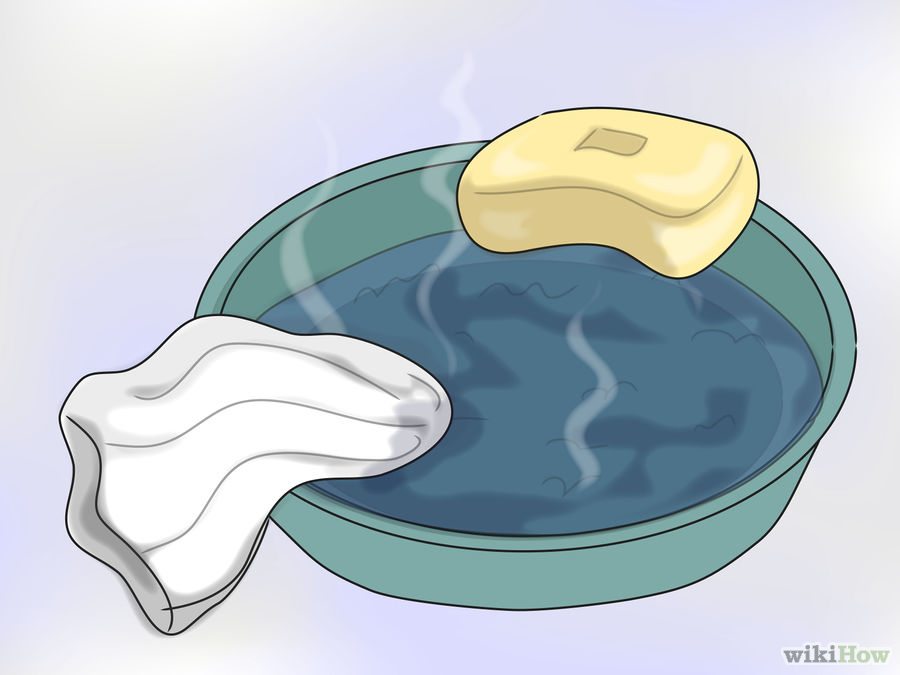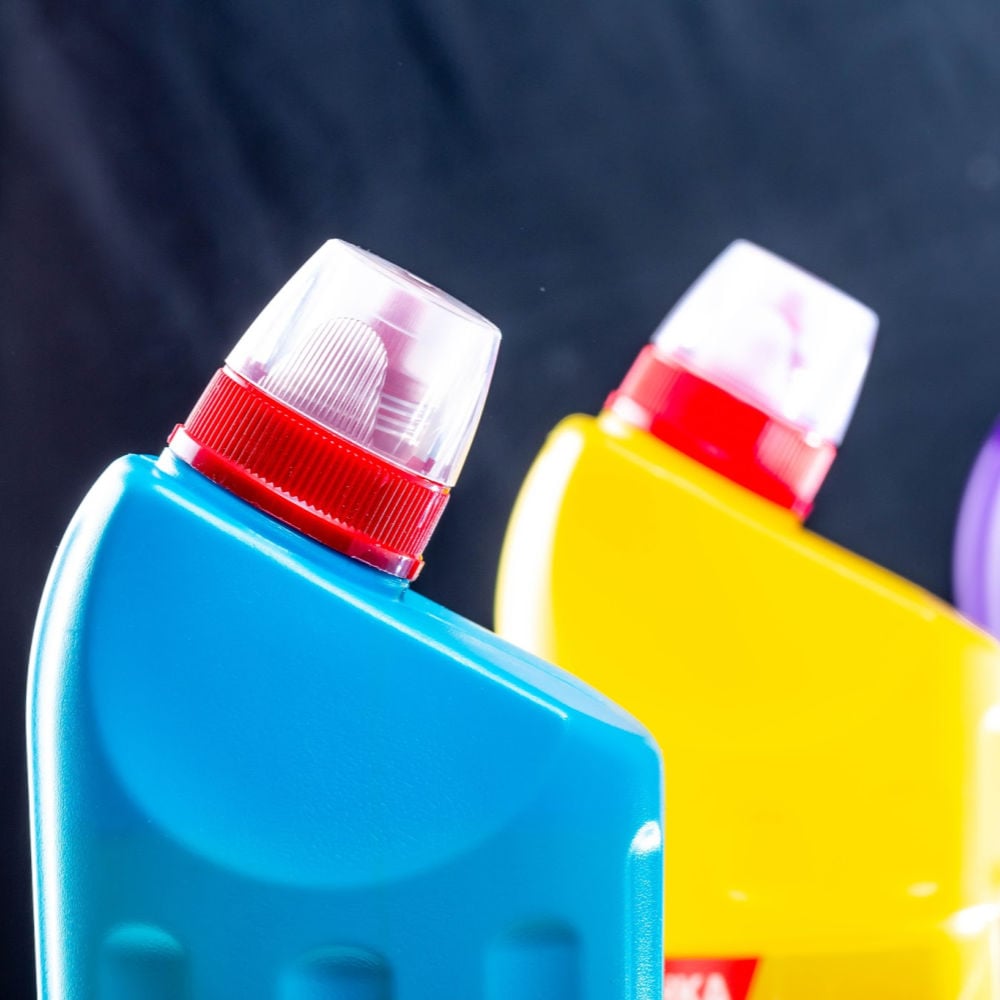Use Soap and Water
The safest approach is to use soap and water. This may be effective in removing visible mold from the surface without damaging it. The City of New York Department of Health has established a guideline for cleaning surfaces of molds and recommends soap and water.
Soap and water will not kill any residual mold or spores left on the clean surface, but it is safe to use and will remove the mold as well as anything known. This the prudent approach for anyone who is not skilled, trained, and properly equipped to use more hazardous materials that cause dangerous to the applicator as to those little microbes! Thus, if you not properly trained and equipped to handle biocidal agents (chemicals that kill microorganisms), stick to soap and water. If a more thorough cleaning effort is desired, you should use a qualified professional who has the licenses, skills, personal protection and training to do a major clean

Does Soap Kill Mold?
According to the CDC, you can use soap and water to remove mold from household surfaces effectively. This application works well specifically with non-porous surfaces, like shower tiles and kitchen sinks.
But soap alone can only do so much. If you’re fighting a mold infestation, you must kill off all of the leftover, invisible spores that can remain.
That means that once the mold is no longer visible. You will need to follow up with a solution that has stronger mold-fighting powers.
What Household Items Kill Mold?
Mold is a type of fungi, and fungi are an integral part of our planet’s ecosystem. With over 5.1 million species and counting, there are both medicinal powerhouses and dangerous enemies in this incredible kingdom.
Don’t worry! You don’t need to go racing out to the store to obliterate the mold residue. There are several household products that are highly effective at killing fungus. And there’s a good chance you already have them in your pantry.
Mask up, open your cabinet, and arm yourself with these powerful household solutions. Remember to wear gloves and shield your eyes whenever you interact with mold, as it can be hazardous to your health if ingested.
White Vinegar
First up, and top of the list for a good reason, is white vinegar. We recommend a 1:1 solution of vinegar and water mixed up in a small bucket or spray bottle for easy application.
Simply douse the area with the solution, either spraying or dabbing with a cloth. Do not dry. Allow the vinegar solution to sit on the infected area, soaking into the mold. After about an hour has passed, scrub and wipe up the area.
For good measure, liberally coat with one final layer of your solution and allow it to dry fully. Vinegar has the power to prevent future mold growth, so the occasional spray in a high-risk area, like crevices in your shower, is a great proactive practice.

Bleach
For hard non-porous surfaces, a bleach solution (Sodium hypochlorite or calcium hypochlorite) can reduce the amount of mold on the surface; however, even using full strength, undiluted bleach is not totally effective at killing mold spores. Only a bleach solution of 10% or greater can effectively kill mold spores. A 10% bleach solution not available to the consumer but must be purchased through an industrial supplier and only used by properly trained, equipped, and protected individuals.

